Whole Wheat Flour v/s Refined Flour
Roti, also known as chapati, is a staple food in many South Asian households. Made from the dough, it is a type of flatbread that is typically served with curries, vegetables, or lentils. One of the key ingredients in making roti is flour. However, with so many options available, it can be challenging to determine which type of flour is best suited for making this delicious bread. In this article, we will compare two popular types of flour used for making roti: wheat atta and refined wheat flour. We will explore their differences in terms of nutrition, taste, texture, and suitability for different types of dishes, helping you make an informed decision on which flour to choose for your next roti-making endeavor.
Differences between Whole Wheat Flour and Refined Wheat Flour (Maida)
| Whole Wheat Flour | Refined flour (Maida) |
|
|
|
|
|
|
|
|
|
|
Why stone ground technology has a vital role in making whole wheat flour
Stone milling grinds the entire wheat kernel, including the bran, germ, and endosperm.
Stone Ground technology preserves the natural nutrients & flavors of wheat. In stone grinding, the whole grain is crushed between two large stones, resulting in flour that contains all parts of the wheat kernel, including the bran, germ, and endosperm. This ensures that the flour retains all of its natural oils, fiber, vitamins, and minerals that make whole wheat nutritious.
Why Use Whole Wheat Atta for Making Roti?
- Whole wheat atta is a healthier option as it contains more fiber, vitamins, and minerals compared to refined wheat flour.
- The high fiber content in whole wheat atta gives the dough a more elastic texture, making it easier to roll out and resulting in softer, more tender roti.
- The nutty, wholesome flavor of whole wheat atta adds depth and complexity to the final product.
- Roti made with whole wheat atta has a better taste than those made with refined wheat flour.
How Freshly Milled Flour Degrades and Loses Nutrients Over Time
- When flour is freshly milled, the nutrient content in flour starts to deteriorate after around 14 days due to several factors, including exposure to oxygen, moisture, and heat. Freshly milled flour contains various nutrients, including vitamins, minerals, and essential fatty acids, which are vulnerable to degradation when exposed to these environmental factors.
- One of the primary causes of nutrient deterioration in flour is oxidation. When flour is exposed to oxygen, it reacts with the fats and oils present in the flour, causing them to become rancid. This process not only alters the flavor and aroma of the flour but also leads to a loss of essential fatty acids and other nutrients.
So why settle for bland, nutrient-depleted refined flour, when whole grain flours provide a more balanced and nutrient-dense alternative that can have a significant impact on our overall health and well-being? By choosing whole grain flour, we can reduce our risk of chronic diseases, maintain a healthy weight, and promote digestive health.
When you can easily opt for Floura’s fresh, customized, and nutritious freshly milled stone ground flours which can be delivered straight to your doorstep, there’s no reason not to make the switch to a healthier and more flavorful option.
So, let’s start making the conscious choice to prioritize our health and choose whole-grain flour for better health!

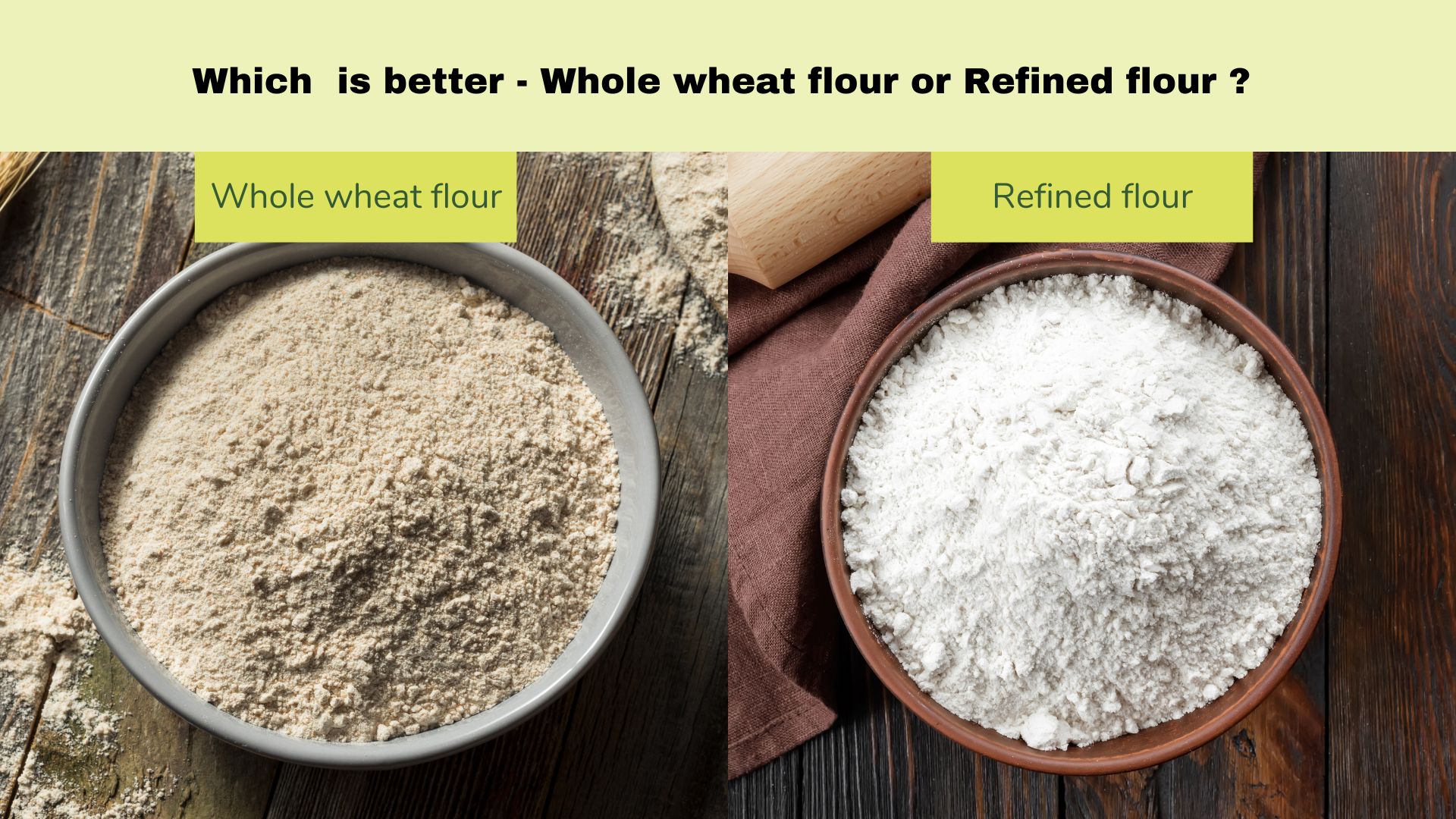
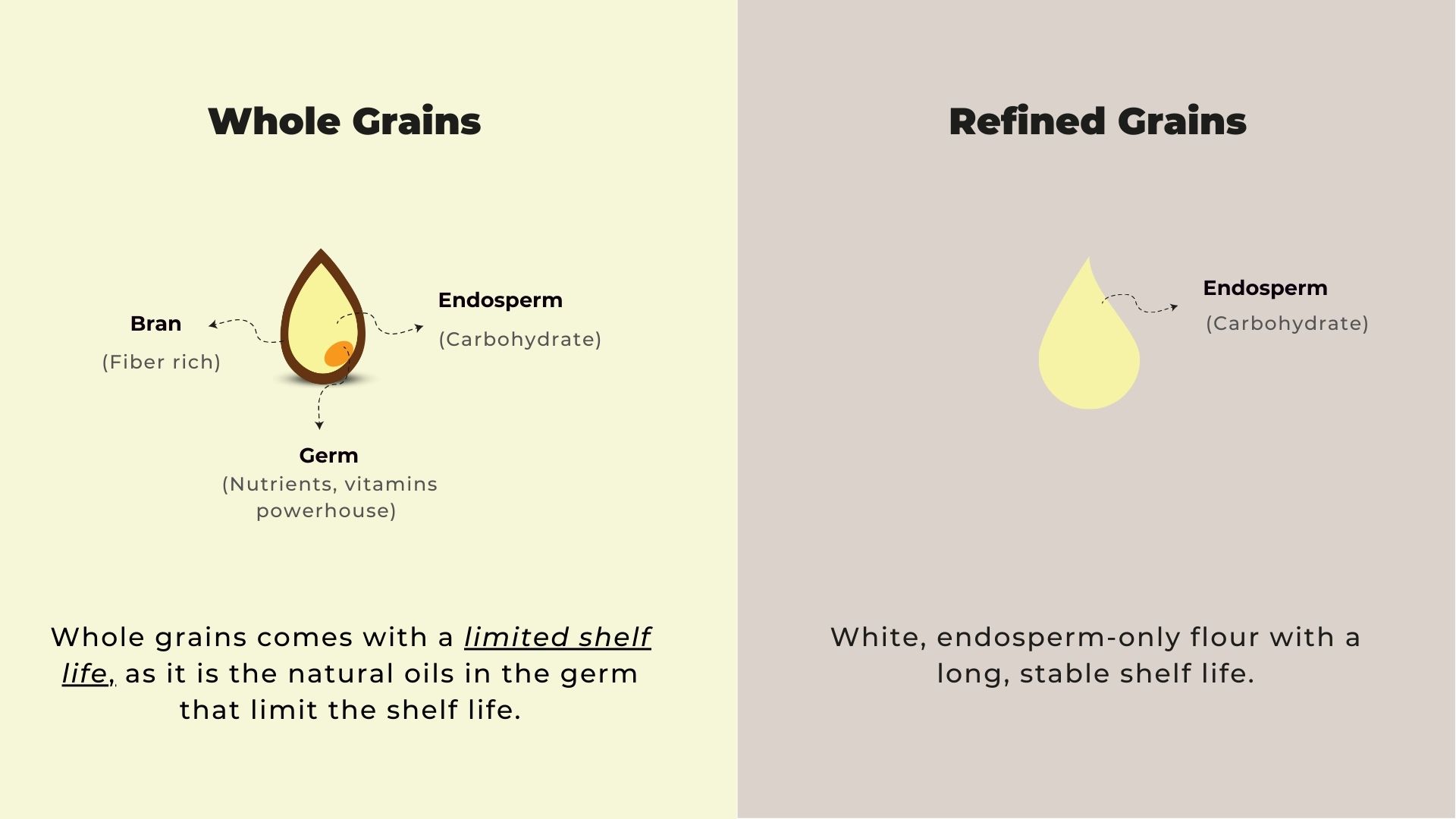

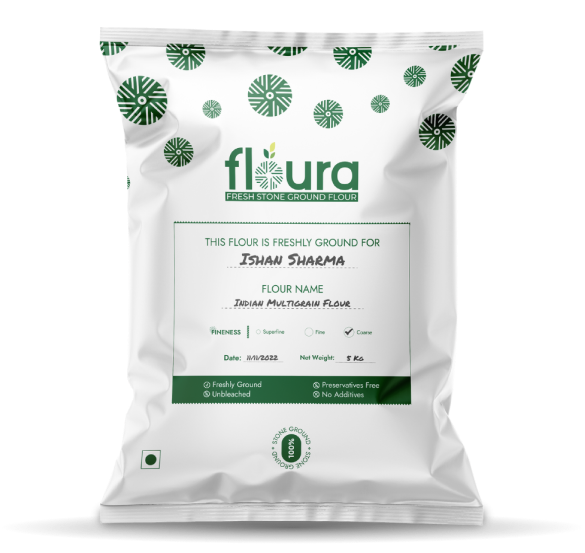

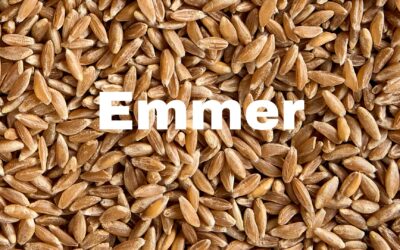
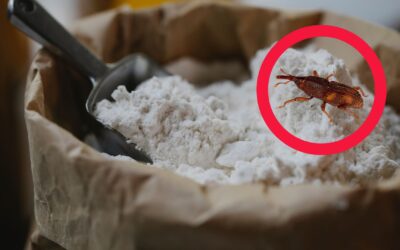



0 Comments